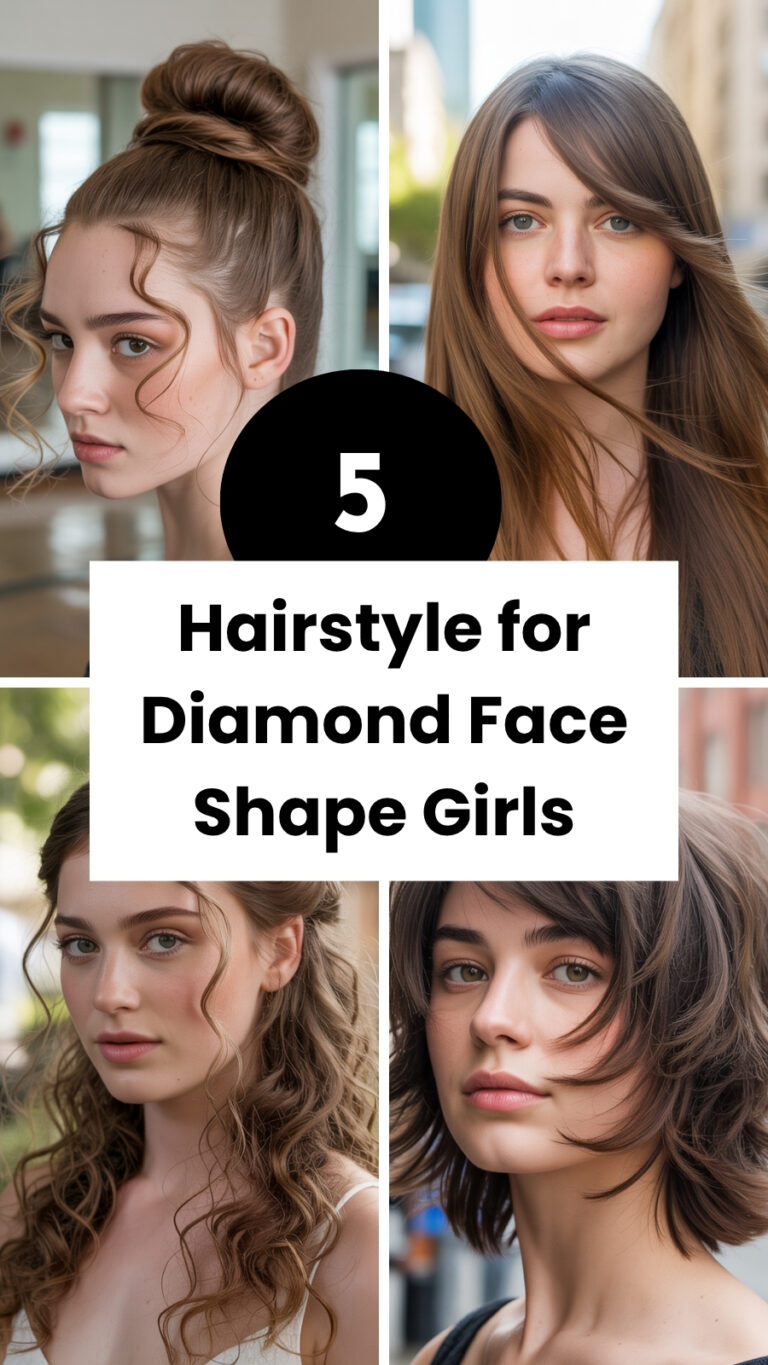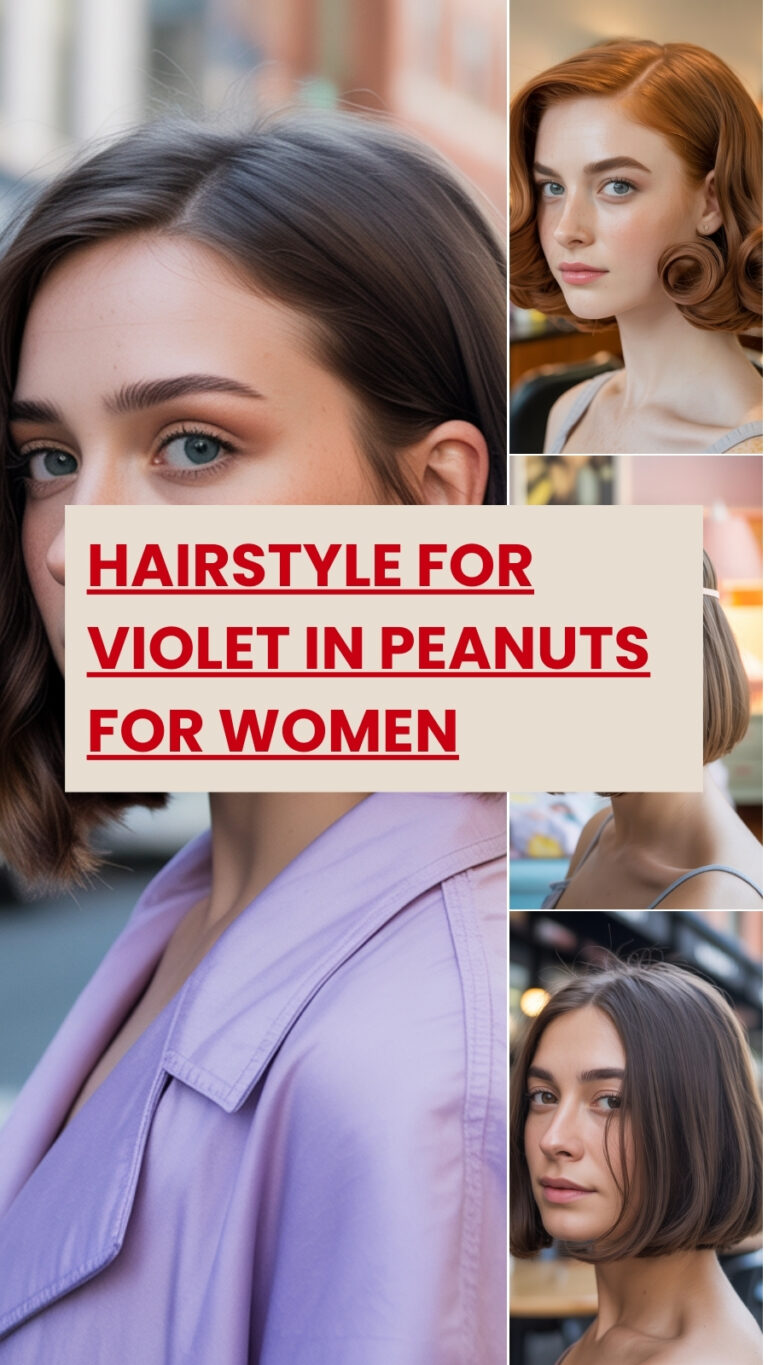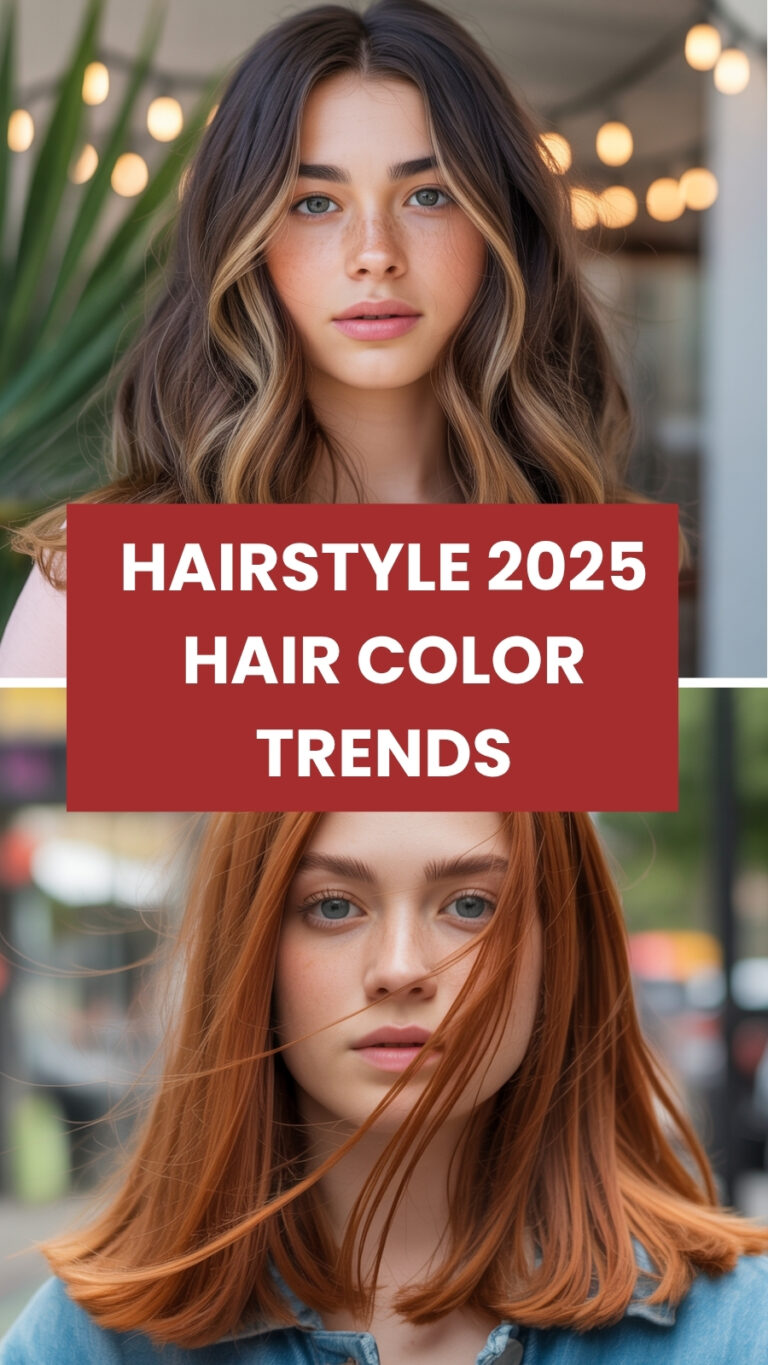Best Hairstyle for Thin Hair

Thin hair can be elegant and easy to manage, but it sometimes lacks volume and fullness. The right hairstyle can instantly add body, create movement, and make thin strands appear thicker.
From clever layering techniques to stylish crops, certain hairstyles are designed to give thin hair the illusion of density and life. Let’s explore the best options, their unique features, styling methods, and origins.
Blunt Bob
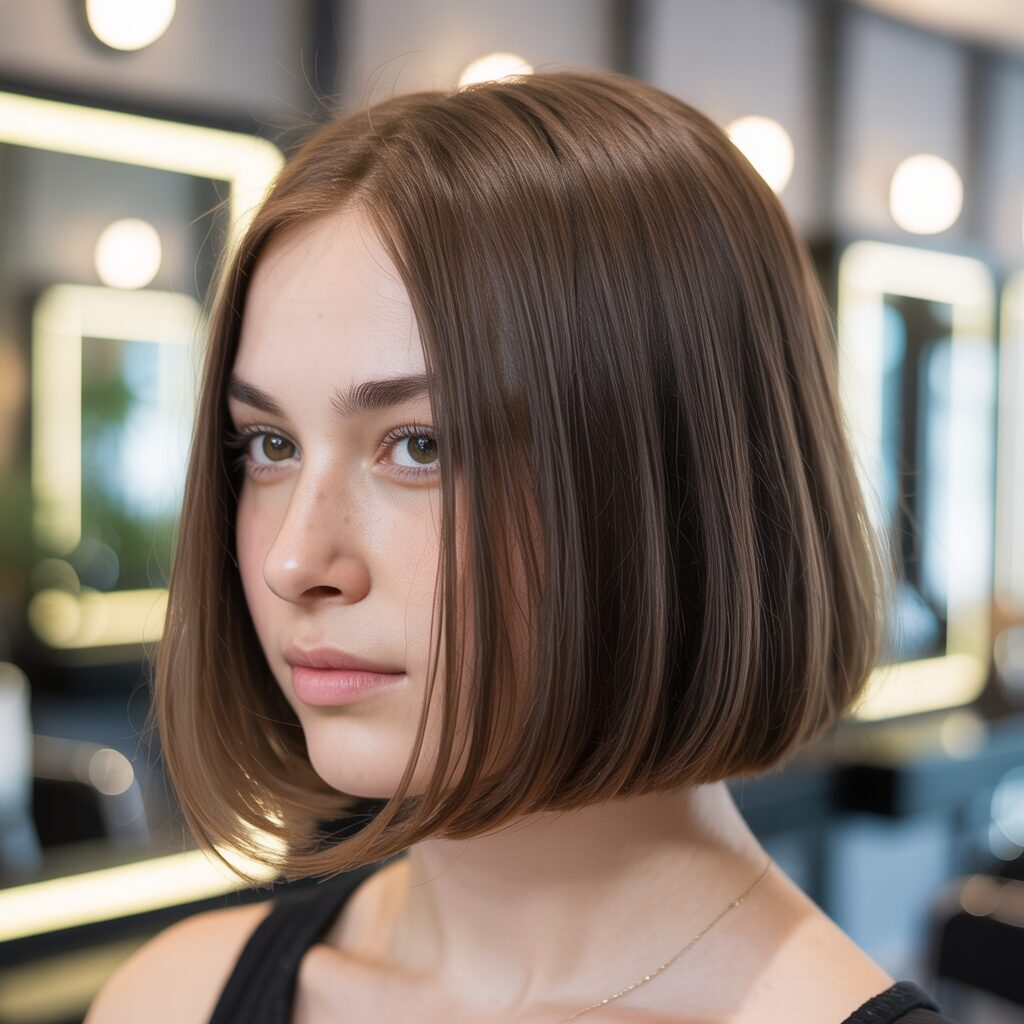
Why it’s different: Unlike layered bobs that can make thin hair look stringy, a blunt bob has one clean edge that creates the illusion of thickness.
How it’s created: Hair is cut to one length, usually at the jaw or chin. Blow-drying straight with a smoothing serum gives a sleek, fuller effect.
Where it comes from: The blunt bob first appeared in the 1920s flapper era, symbolizing empowerment and bold style, and it continues to flatter fine hair today.
Textured Pixie Cut
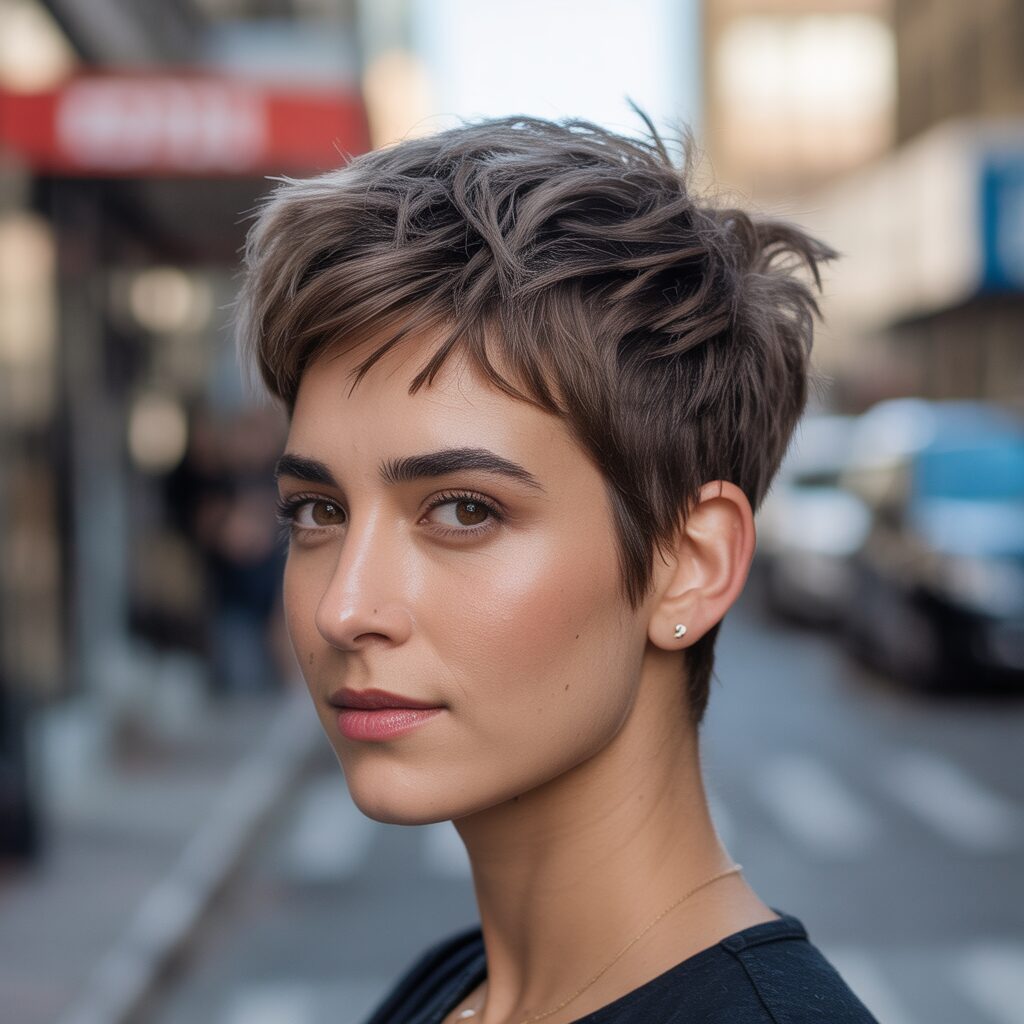
Why it’s different: Instead of hiding thin hair, a textured pixie embraces it. Short choppy layers add movement, making the hair look thicker.
How it’s created: Hair is cropped close on the sides and back, with uneven layers left on top. Styling wax or mousse enhances the texture.
Where it comes from: The pixie became iconic in the 1960s thanks to Audrey Hepburn and Twiggy. Modern textured versions are loved by stars like Charlize Theron.
Collarbone-Length Cut with Layers
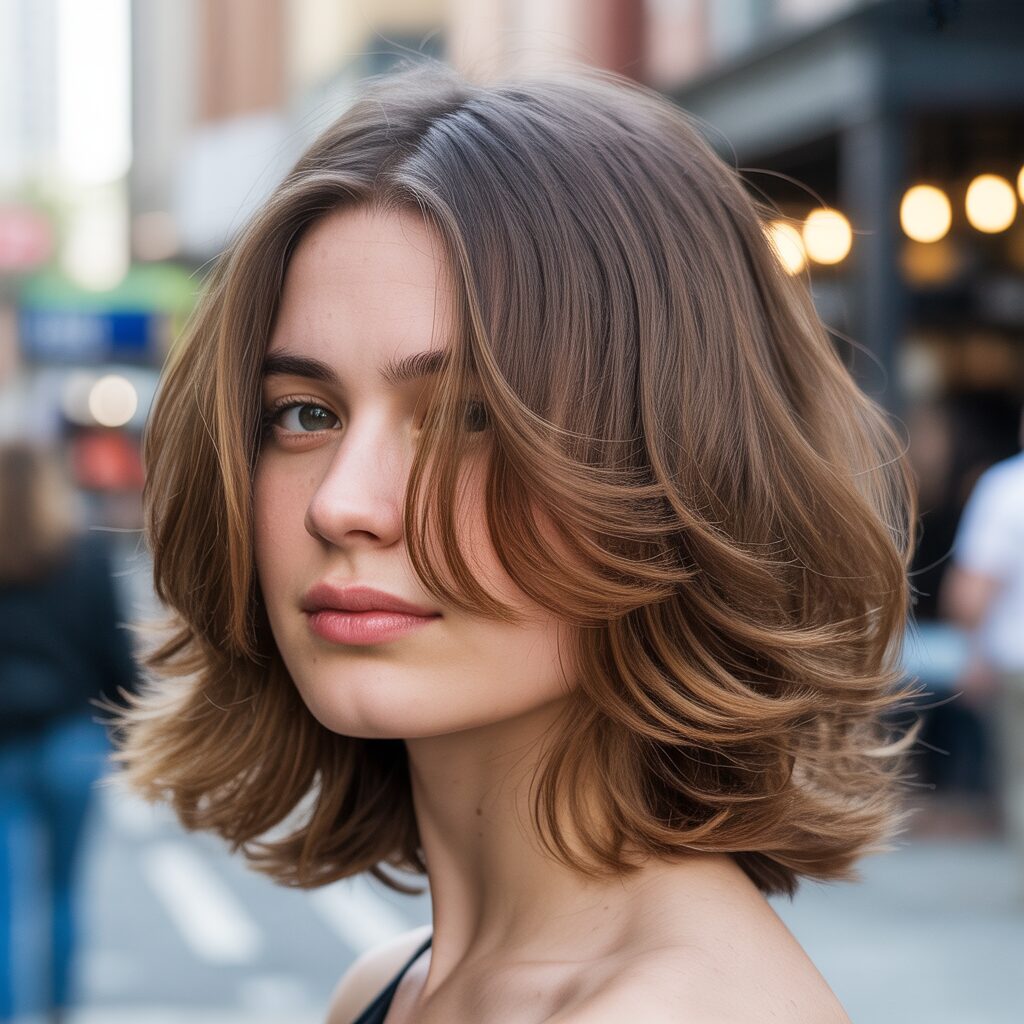
Why it’s different: Unlike very long hair that can look flat, a collarbone cut with subtle layers adds bounce and body without losing length.
How it’s created: Hair is trimmed just above the shoulders with light, blended layers. A curling iron or round brush adds soft waves for volume.
Where it comes from: This cut rose to popularity in the 1990s, worn by supermodels who needed versatile, photo-ready hairstyles that worked with fine hair.
Messy Shag
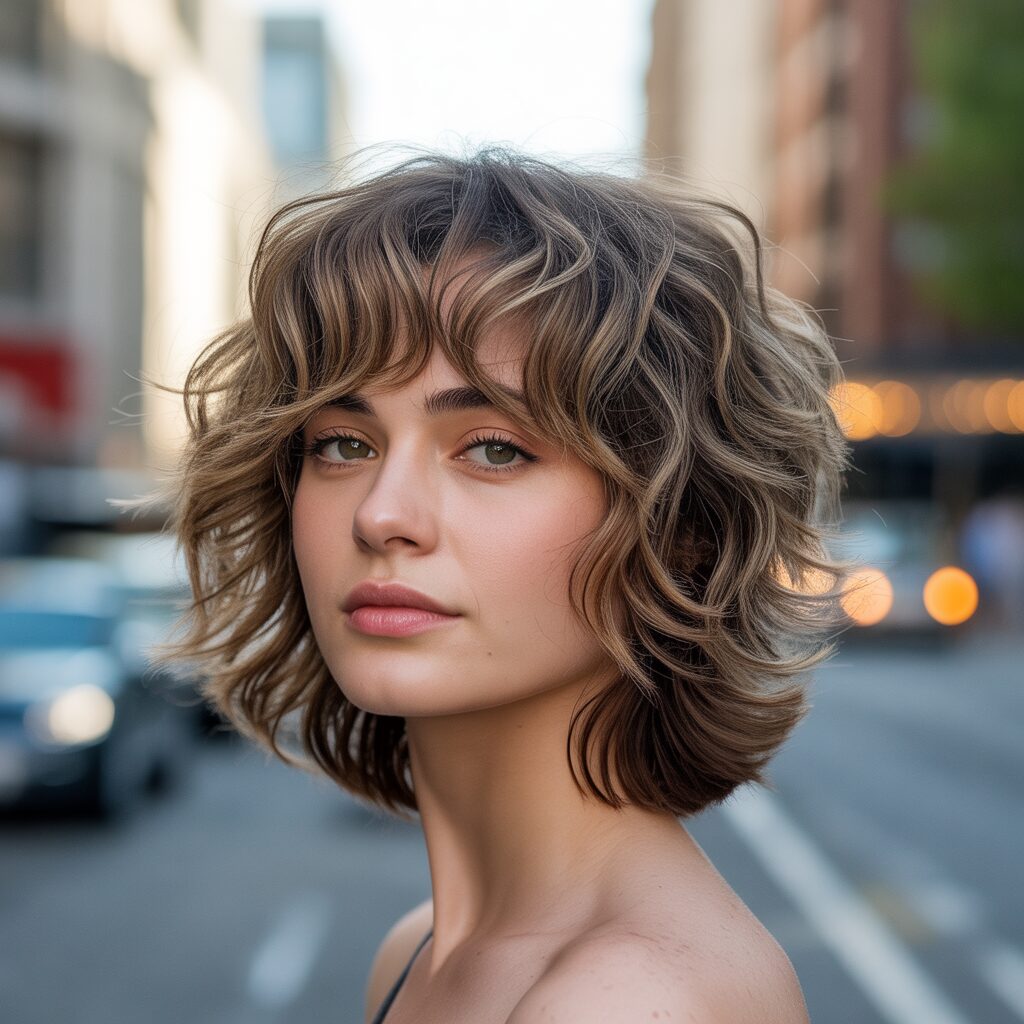
Why it’s different: The shag uses uneven, feathered layers that make thin hair look intentionally tousled and voluminous. Unlike sleek styles, it thrives on imperfection.
How it’s created: Hair is cut into short-to-long layers with razored ends. Styling includes texturizing spray for a messy, rock-inspired finish.
Where it comes from: Originating in the 1970s rock culture, the shag was worn by icons like Joan Jett. It has since been revived as a trendy option for fine hair.
Curtain Bangs with Layers
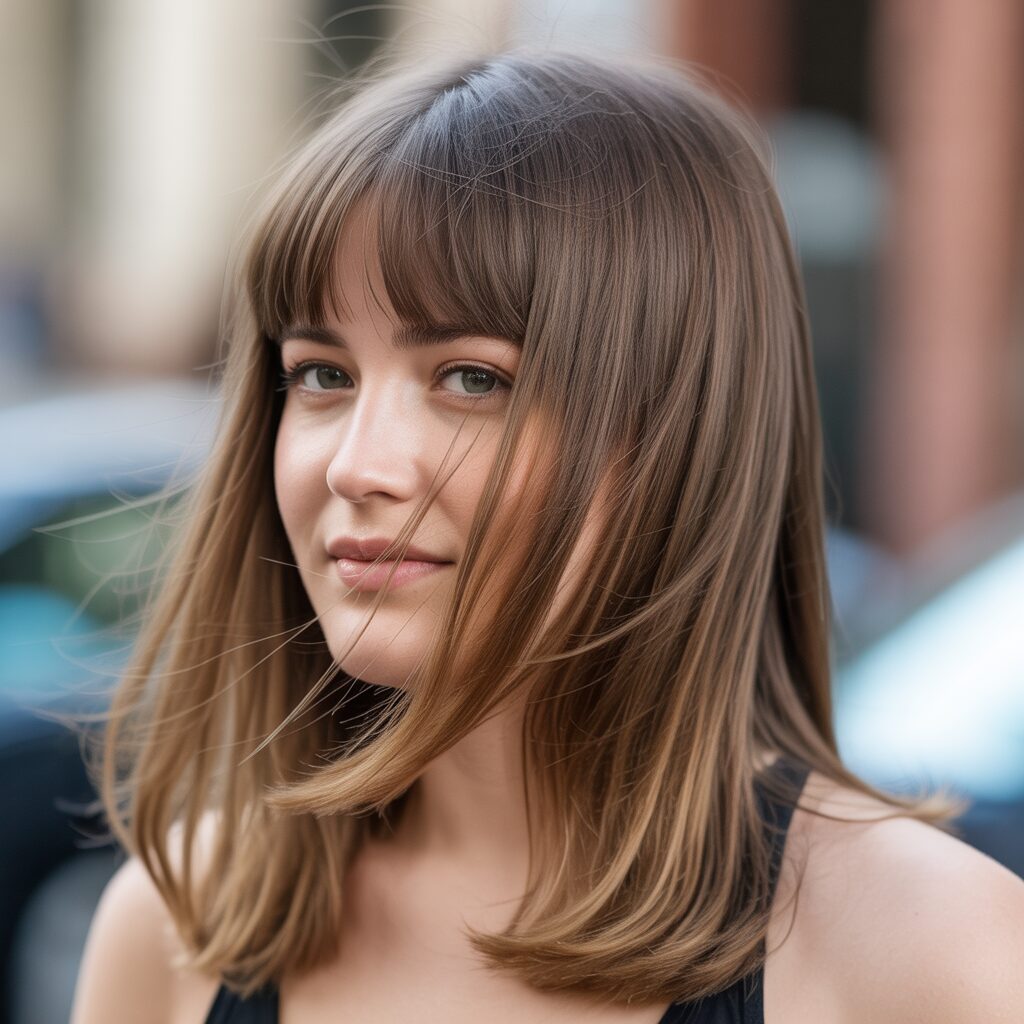
Why it’s different: Unlike heavy bangs that weigh down thin hair, curtain bangs blend seamlessly into layers, giving the illusion of fullness around the face.
How it’s created: Bangs are parted in the middle, cut longer at the sides, and styled with a round brush for softness and lift.
Where it comes from: Made famous by Brigitte Bardot in the 1960s, curtain bangs are now a global trend, especially flattering for thin hair needing volume.
Styling Secrets to Add Volume
- Dry Shampoo: Adds instant lift at the roots.
- Round Brush Blowouts: Create fullness while drying.
- Backcombing/Teasing: Lifts crown areas for a voluminous finish.
- Texturizing Sprays: Give grip and body without weighing hair down.
- Color Techniques: Balayage and highlights add depth, making hair look thicker.
Conclusion
Thin hair may seem challenging, but with the right hairstyle, it can look full, stylish, and lively. From blunt bobs and pixie cuts to layered shags and curtain bangs, each option enhances volume and shape. Combined with smart styling techniques, these hairstyles prove that thin hair can be transformed into a chic and confident statement.
